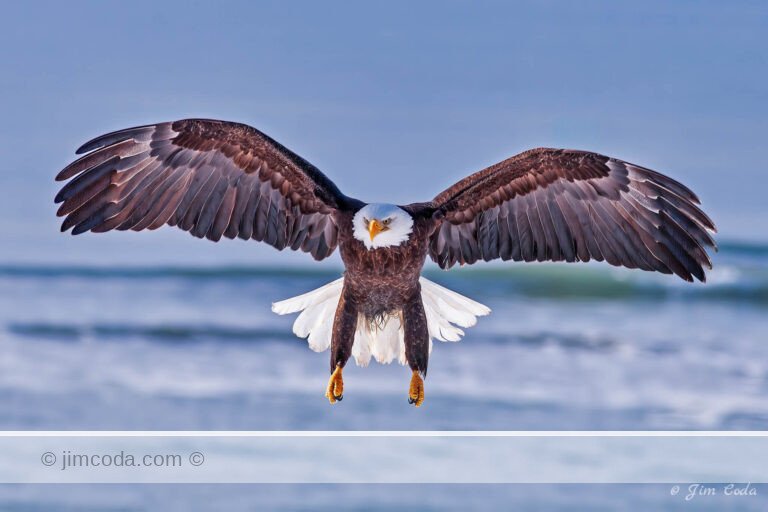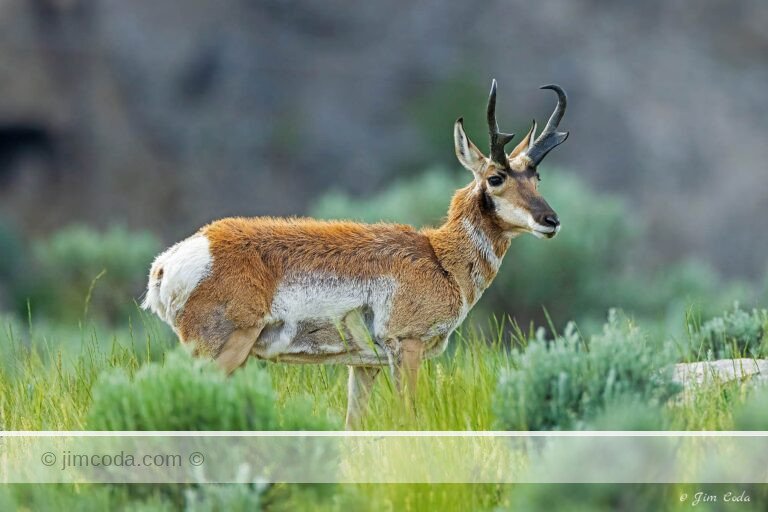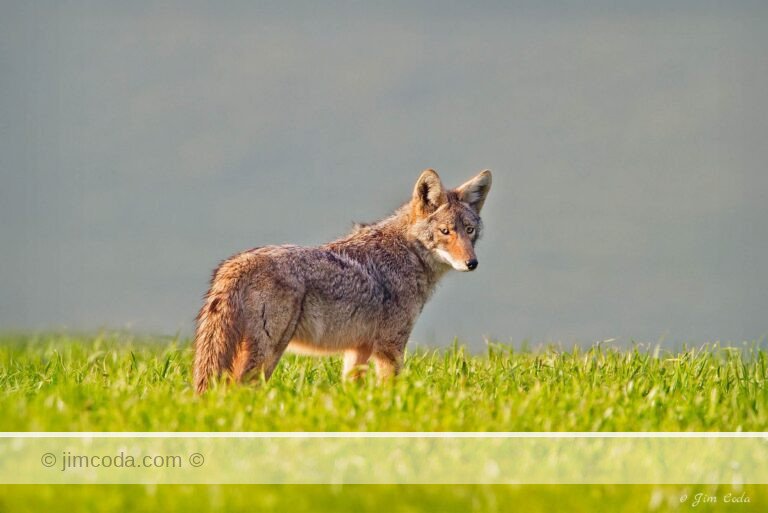Tag: bison calf
“Put Yer Dukes Up.”
Any day in Yellowstone is a good day. That is especially true in the...
Bison Calf near Slough Creek
In the spring of 2009 and in the spring of 2010 I spent a lot of time observing...
What are YOU looking at?
This male northern harrier looks like he’s getting fed up with something...
Bison Calf, Yellowstone National Park
This bison calf looks like it is smiling as it runs off some pent-up...
Bison Calf, Yellowstone National Park
I don’t think I’ll ever get tired of photographing...
No articles found
Prints for sale
Browse my selection of photos for sale as fine art prints
Filter by category
Sorry, no prints in this category









